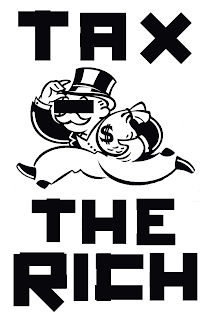A New Left Majority Is Possible,... Maybe
Can a new left majority arise from the 2016 Presidential Election, the oligarch and alt-right takeover of our government, and the chaos of the Trump Administration? The country is in the midst of its most turbulent period since the Vietnam War, Watergate and the “rights” movements of the 1960s. This post is partly inspired by events from yesterday. Saturday afternoon, anti-Fascist protesters clashed in the streets of Charlottesville, Virginia , with Fascists – partly emboldened by the Trump presidency – who had organized a demonstration to protest the planned removal of a statue honoring the leader of the Confederate army, General Robert E. Lee. I was shocked by yesterday, and like most people in America and around the world, I am still in shock that Donald Trump was able to defeat Hillary Clinton to become the nation’s 45 th President. Trump is, without a doubt, the most unfit person to win the White House in modern times and is perhaps the least prepared leader the n...




